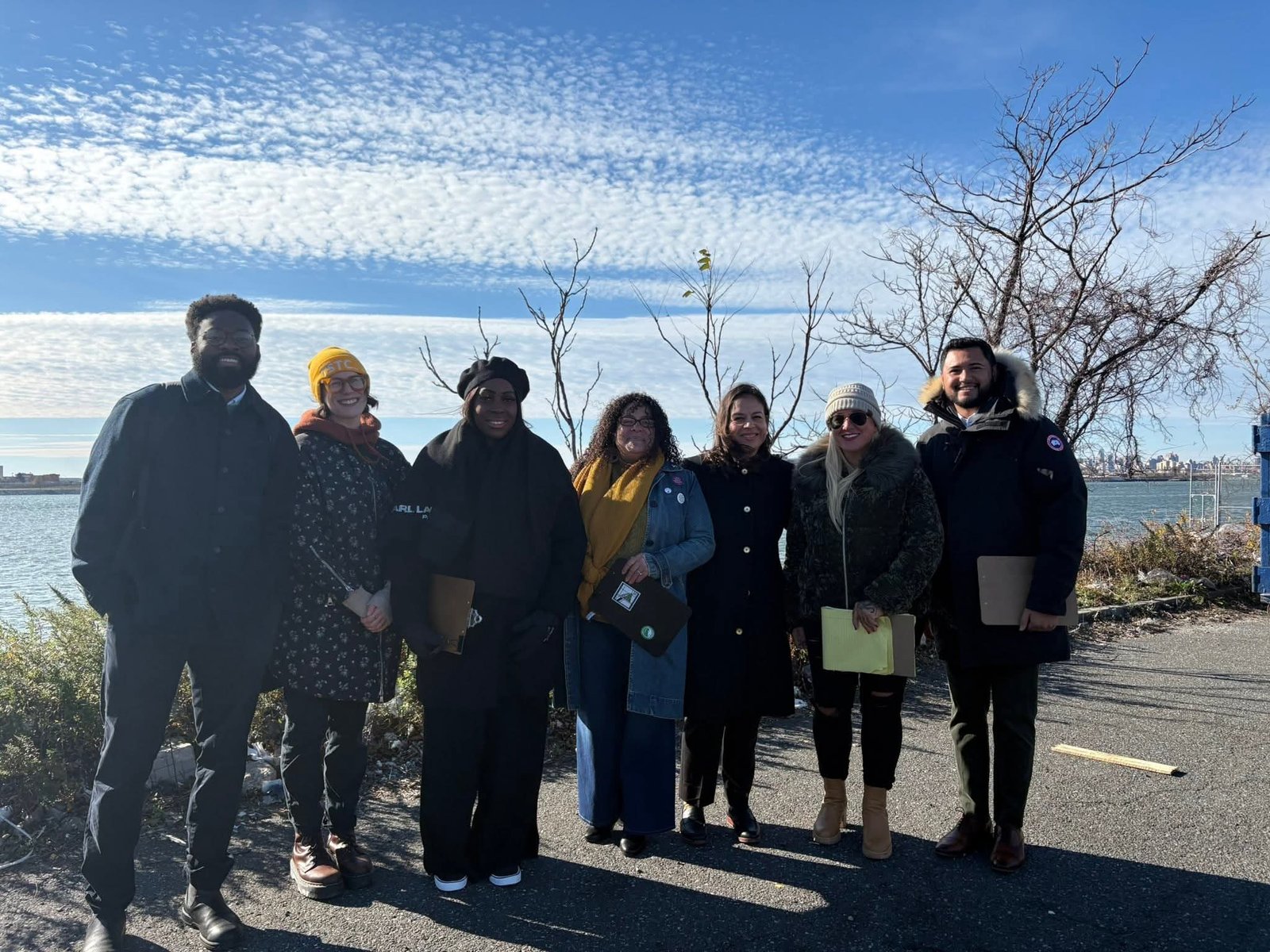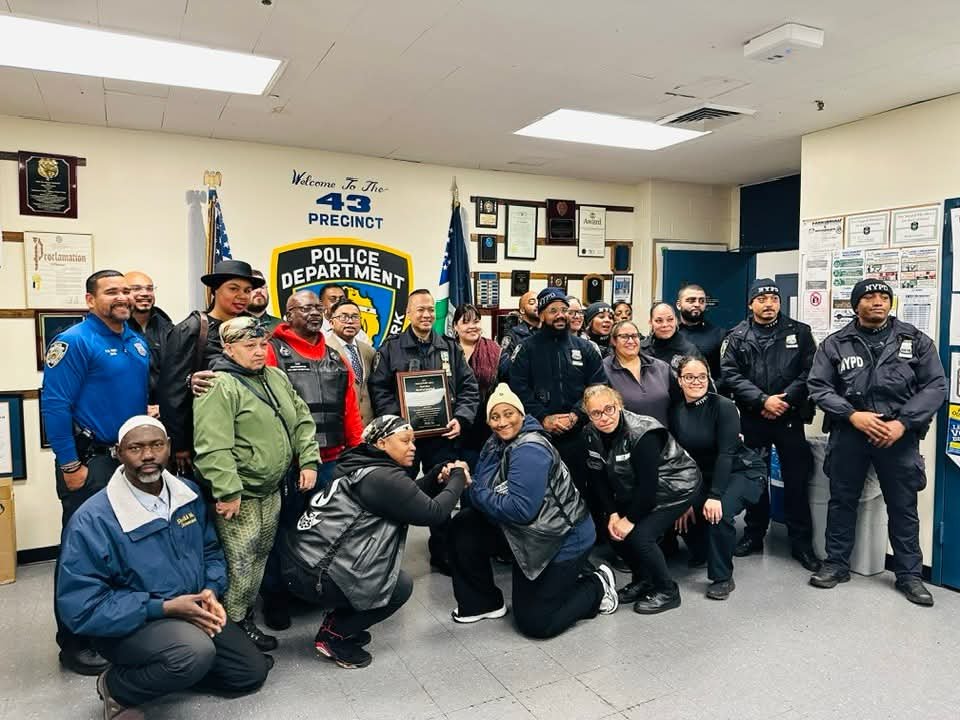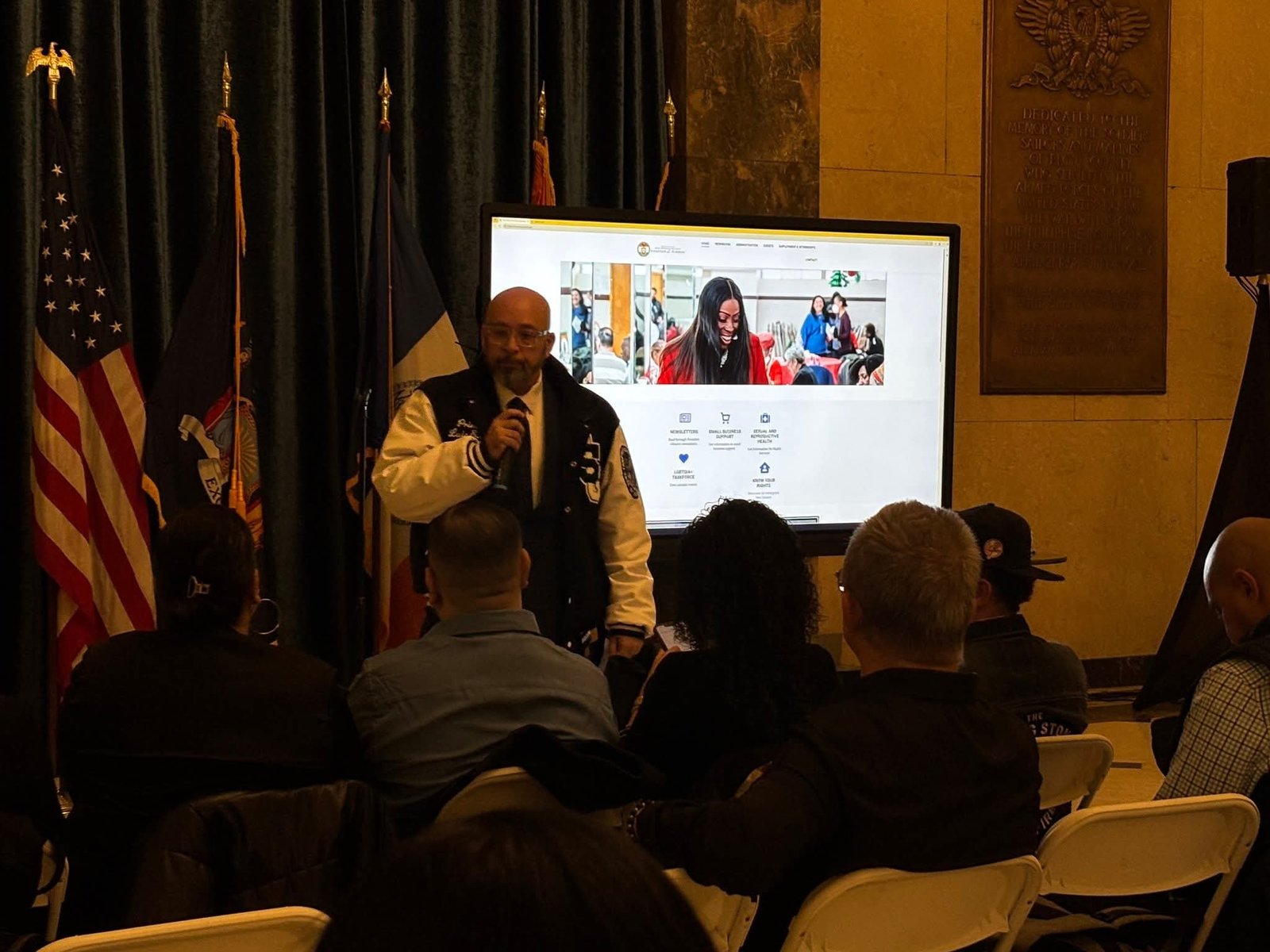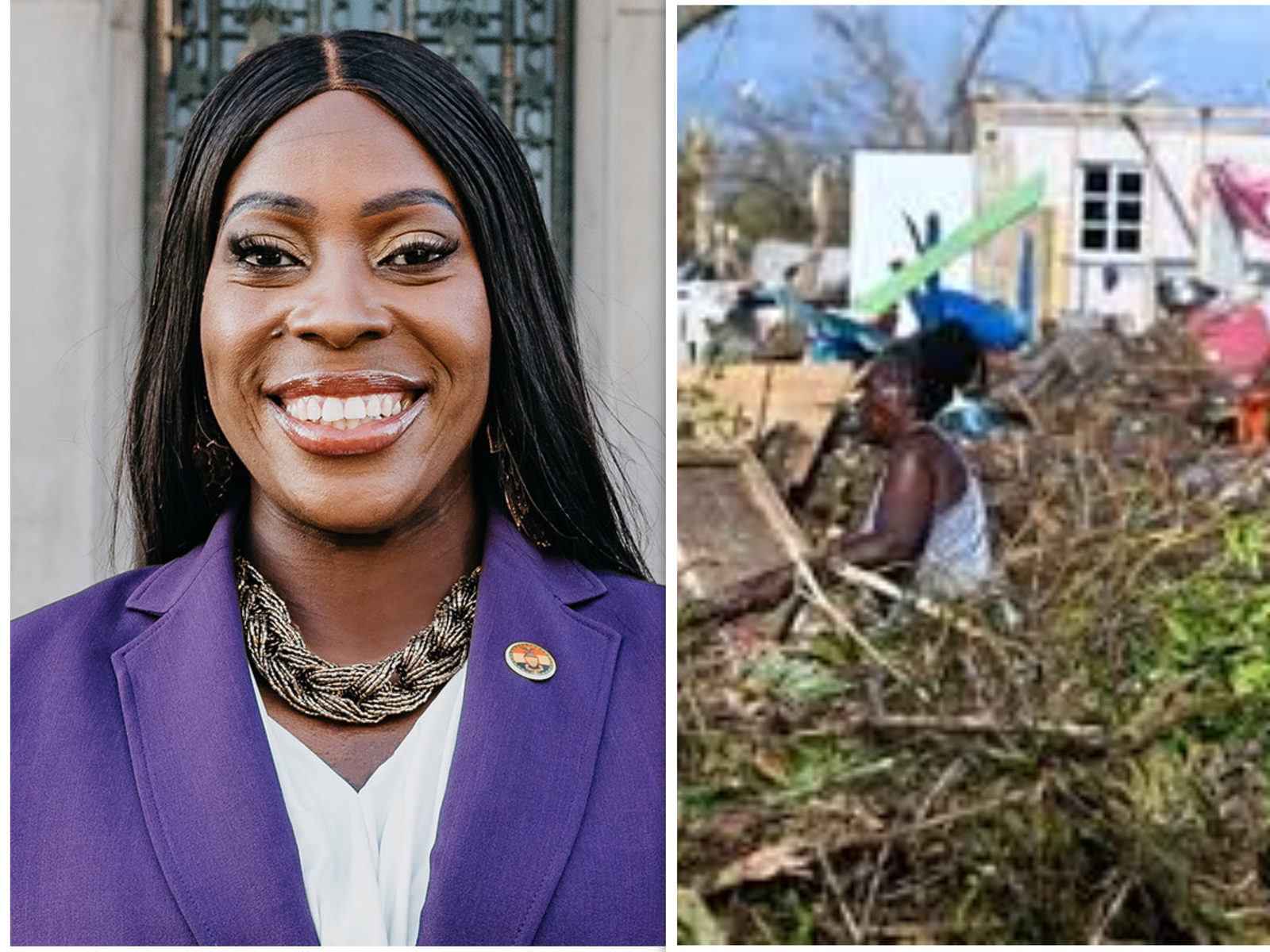
Local leaders and elected officials gathered on the Bronx waterfront in Mott Haven on Thursday, September 19, to advocate for the urgent planting of trees in areas of the borough that currently suffer from insufficient tree coverage.
During the event, officials highlighted the stark disparities in tree canopy coverage across the South Bronx, particularly in neighborhoods such as Hunts Point and Mott Haven, where tree coverage is alarmingly low—8% and 14%, respectively.
This lack of greenery is not merely an aesthetic issue; it contributes to extreme heat conditions that pose serious health risks, especially for elderly residents and Black New Yorkers.
Bronx Borough President Vanessa L. Gibson underscored the critical need to address these environmental disparities, which have led to poor air quality and increased heat in the South Bronx.
“Today’s presser is a call to action and attention to address these disparities, which contribute to poor air quality in the South Bronx, and extreme heat, further exacerbating pre-existing health conditions that can lead to heat-related illness or heat-related mortality,” Gibson stated.
As a symbolic gesture, Gibson and attendees planted a tree to draw attention to the pressing issue. Mychal Johnson, Co-Founder of South Bronx Unite, echoed the sentiment by emphasizing the vital role trees play in public health.
“Tree coverage and access to green space helps to combat the inequalities that exist in the South Bronx, where one out of four children in our community have asthma and other respiratory-related illnesses,” Johnson explained.
“We must reduce the Urban Heat Island effect, improve air quality, and create healthier outcomes.”
The discussions were further informed by a Department of Health report released in June, which highlighted the disproportionate impact of heat on Black New Yorkers and older adults. The report noted that 350 people in New York City die annually from heat-related illnesses, with seven of those deaths attributed to heat stress.
Speakers at the press conference emphasized that increasing the tree canopy in the South Bronx is essential for addressing environmental injustice and mitigating the urban heat island effect, which ultimately leads to healthier outcomes for the community. They also pointed out that the lack of vegetation exacerbates other issues, including sewer system overflows during heavy rainfall.
Gibson urged the city to increase the Parks Department budget, specifically allocating funds to neighborhoods that lack adequate tree canopy coverage. She also called on private partners to join the collective effort to enhance the borough’s green infrastructure and improve the quality of life for its residents.







